Exoplanets are planets orbiting distant stars beyond our Solar System, and since the first confirmed discoveries in the 1990s, astronomers have found all manner of weird and wonderful worlds.
Exoplanets are among the greatest astronomy discoveries of recent history, and the list of exoplanets keeps on growing.
Astronomers calculate that for every star we see in the night sky, there is on average at least one exoplanet in orbit around it.
This suggests that the possibility of discovering life beyond Earth could be greater than we ever imagined.
Could we ever find life beyond Earth? What make a planet habitable?

The concept of exoplanets is hardly new: as far back as 1584, Italian philosopher Giordano Bruno suggested space was filled by "an infinity of worlds of the same kind as our own".
Over the past century, numerous authors, TV directors and film producers set their stories on planets beyond our own Solar System.
But in the summer of 1991, it seemed that exoplanets were finally about to switch from science fiction to science fact.
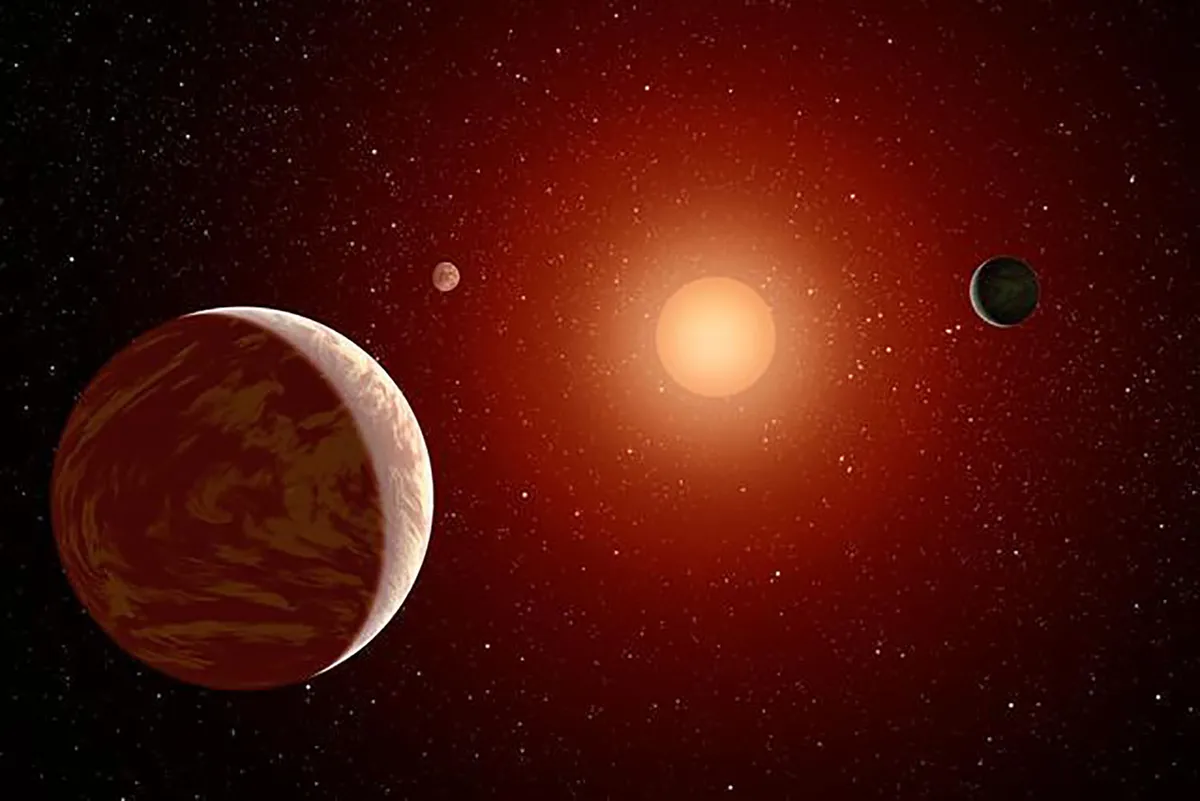
How the first exoplanet was discovered
Observations carried out at Jodrell Bank Observatory in Cheshire had apparently detected a planet orbiting a pulsar, the dense remnant of an exploded star.
Pulsars are so called because, thanks to their rapid rotation, the beams of light they emit sweep across Earth at regular intervals.
From our perspective, pulsars appear to flicker like a lighthouse beam, and the rate at which the pulses are seen from Earth implies the pulsar’s spin rate.
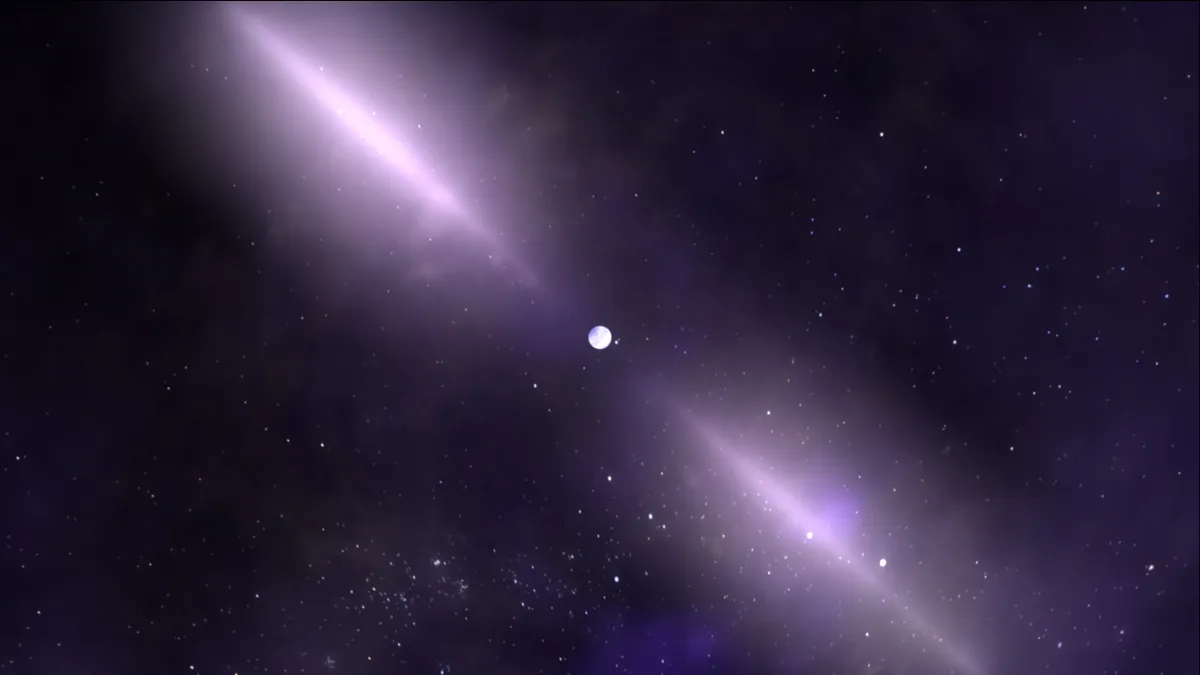
Unfortunately, the team at Jodrell Bank soon discovered a systematic error in the software used to analyse the pulsar data.
Once corrected, the detectable ‘drag’ on the pulsar’s spin, thought to have been due to an unseen planet’s mass, vanished.
Yet immediately after Jodrell Bank’s Andrew Lyne had officially retracted his team’s findings at the January 1992 meeting of the American Astronomical Society, held in Atlanta, he was followed on stage by Aleksander Wolszczan, principal author of a paper that detailed his own detection of at least two planets around another pulsar.
This was to be the first confirmed discovery of an exoplanet.

Wolszczan was particularly interested in ‘millisecond pulsars’, which spin hundreds of times a second.
He had found it difficult to devise a sufficiently accurate mathematical model to explain how one particular millisecond pulsar, designated PSR B1257+12, was behaving.
"Every time I came up with a model and then took some more data, the model failed to predict the pulse arrival times," he says.
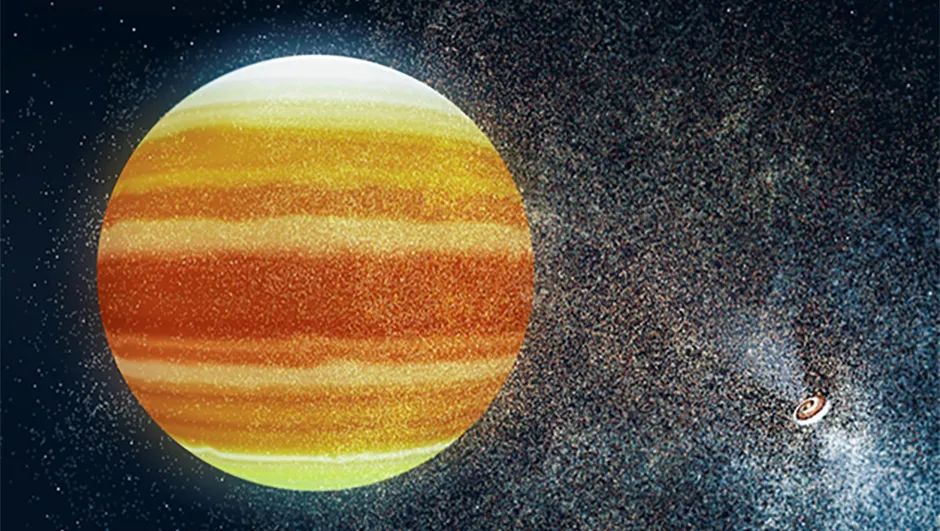
Following a concentrated observation period of almost a month, Wolszczan began to see a regular glitch in the rate that the pulses reached Earth.
Many pulsars have companion dwarf stars providing material and energy, but Wolszczan realised that the observed peculiarities in these pulses were best explained by the existence of "two planetary mass objects" around the star.
Unlike the Jodrell Bank team, Wolszczan knew that his result wasn’t simply down to “something in the data analysis software”, as he had previously observed another binary pulsar that had not shown the same irregularities.
Together with fellow astronomer Dale Frail, Wolszczan’s findings were independently confirmed several months later.
Then in 1995 an exoplanet was detected for the first time around a Sun-like star – 51 Pegasi – by Michel Mayor and Didier Queloz. This ‘hot Jupiter’ – a massive gas giant in close orbit around its parent star – also came as a complete surprise.
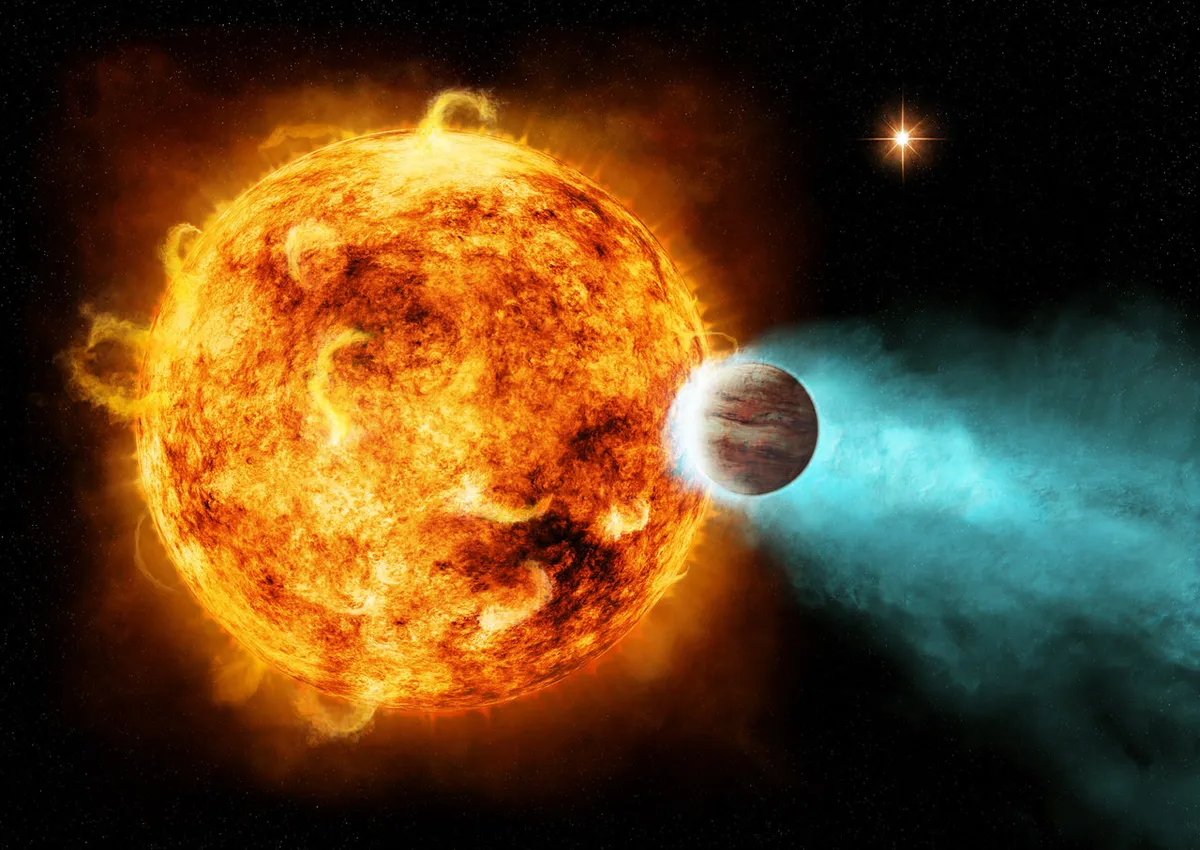
What exoplanets reveal about our own Solar System
By finding different types of exoplanets, astronomers can learn much more about our own Solar System.
We know that ‘hot Jupiters’, for example, can’t have formed so close to their stars, so they must have formed farther out and moved in.
This suggests planets can move from their original formation sites and there's the suggestion that in the early days of our own Solar System, there was a lot of movement: Jupiter and Saturn moving in, Neptune and Uranus perhaps being pushed out and even swapping places.

It’s even proposed that this gas giant ballet is likely to have caused the Late Heavy Bombardment, a period (about half a million years after the formation of the Solar System) during which huge amounts of material were fired towards the inner planets.
There are also numerous types of exoplanet, like large 'super Earths', that don't exist in our Solar System. In fact, the more we learn about other star systems, the more unusual our own Solar System appears.
Find out more about exoplanetary extremities in our guide to the weirdest exoplanets.
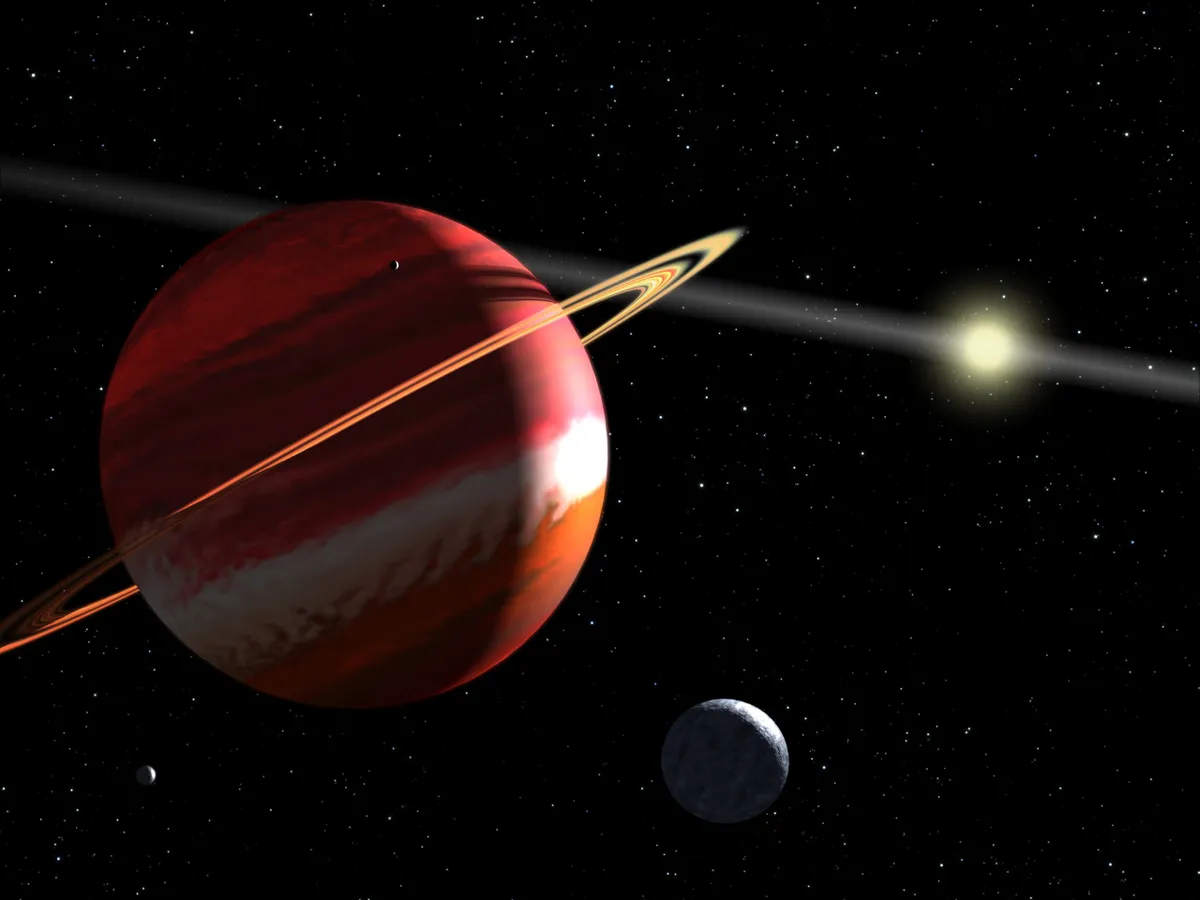
How many exoplanets are there?
Over 5,000 exoplanets have been discovered and confirmed to date, but the number keeps rising.
There are even tenative signs that we're close to discovering an exoplanet beyond our Galaxy.
The scale of this ever-growing list means astronomers can now replace some of the terms in the Drake Equation, which famously attempts to calculate the number of active, communicative extraterrestrial civilisations in the Universe.
If an Earth-like planet in an Earth-like orbit is the most likely place to find complex extraterrestrial life, we can be quite confident that those kinds of environments do actually exist in quite large numbers throughout the Galaxy.
But is that enough for life to exist? Will we ever find life beyond Earth?
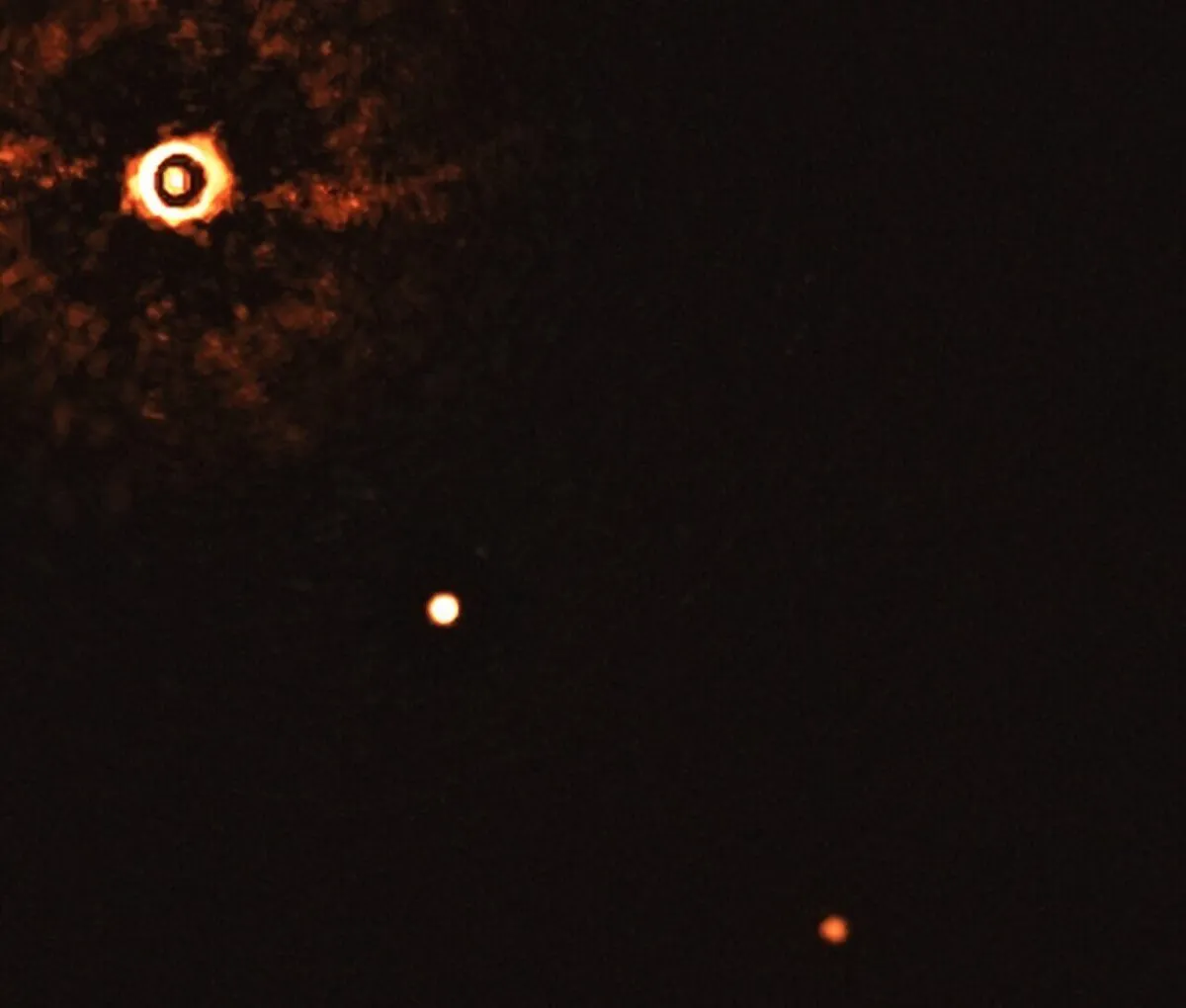
Exoplanet extremes
What are the closest, largest, weirdest exoplanets yet discovered?
Closest exoplanet: Proxima b
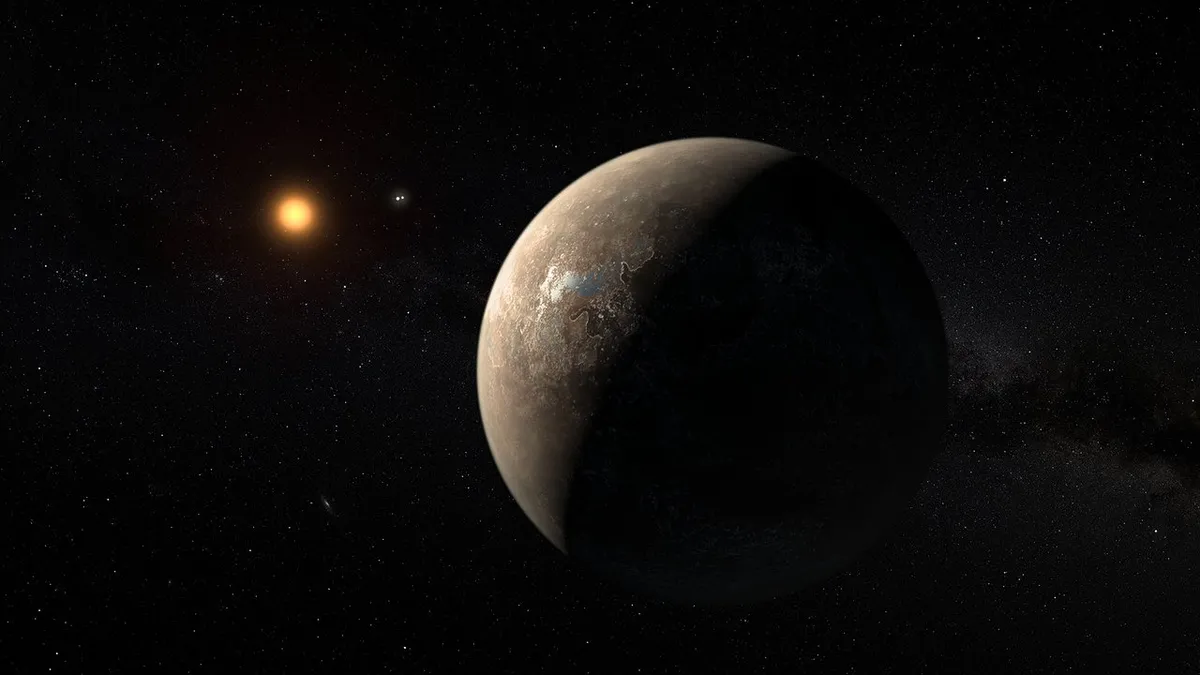
In August 2016 astronomers announced that our nearest stellar neighbour, the red dwarf Proxima Centauri (just 4.25 lightyears distant) is circled every 11 days by a possibly rocky world capable of possessing liquid water, slightly bigger than Earth.
Farthest exoplanet: SWEEPS-11

Detected by the Hubble Space Telescope along with SWEEPS-4 in 2006, this giant gas planet has a radius 1.13 times that of Jupiter and is 27,710 lightyears away, making it one of the farthest exoplanets discovered.
Smallest exoplanet: Kepler 37 b
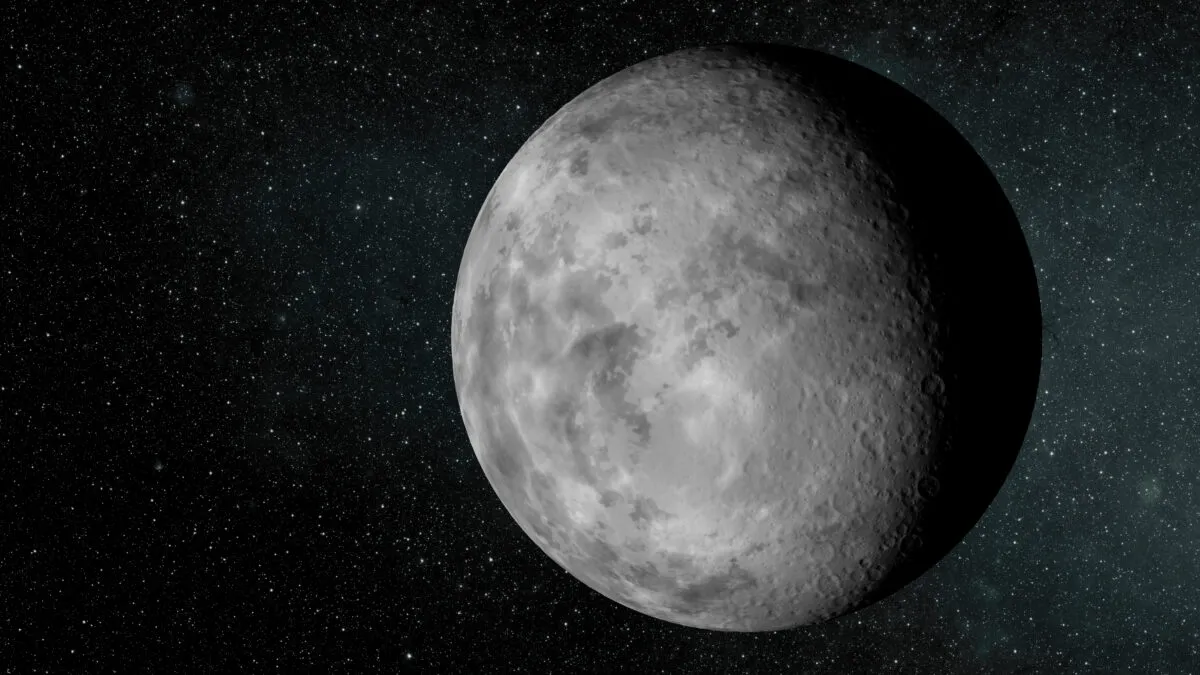
Kepler 37 b is the smallest known exoplanet that orbits a Sun-like star. It orbits a main sequence star in Lyra, though the estimated mass of PSR B1257+12 b (aka Draugr) could trump it.
Widest exoplanet: HAT-P-6b
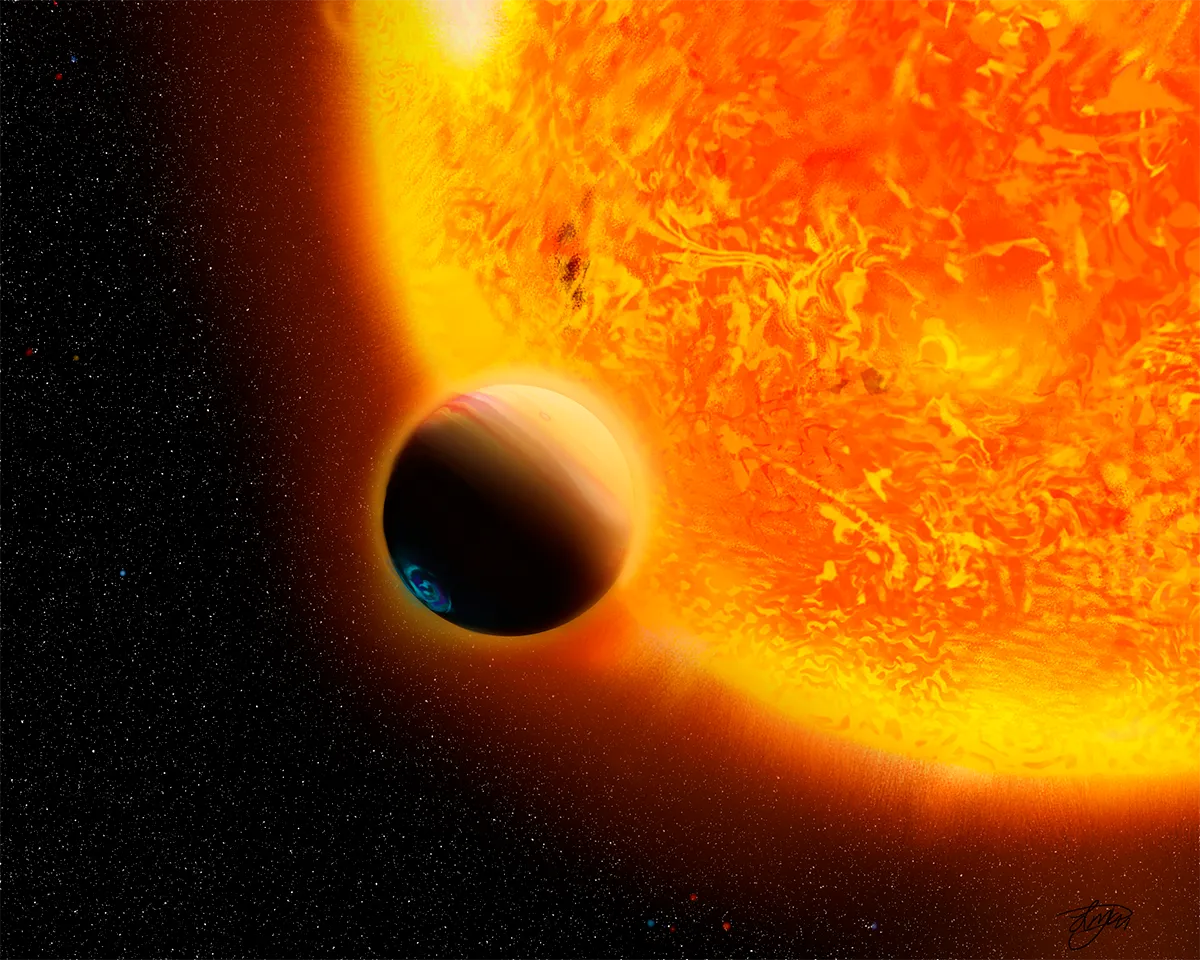
HAT-P-67 b is a gas giant exoplanet whose mass is 0.34 Jupiters, but its diameter is over 2 times that of Jupiter. It takes nearly 5 Earth days to orbit its star, but it is incredibly close to the star: just 0.06 AU (where 1 AU is the average distance between Earth and the Sun).
How astronomers find exoplanets
There are a few techniques available to astronomers looking for planets orbiting distant stars:
Radial velocity

The radial velocity method of exoplanet detection involves observing the host star being orbited by the exoplanet for signs of wobbling. This wobble is caused by the presence of a planet gravitationally tugging on the star, causing the star's position to change ever so slightly.
Astronomers use a spectrometer to measure how much the star's lightwaves are shifted due to the wobble, as observed from Earth.
Transit method
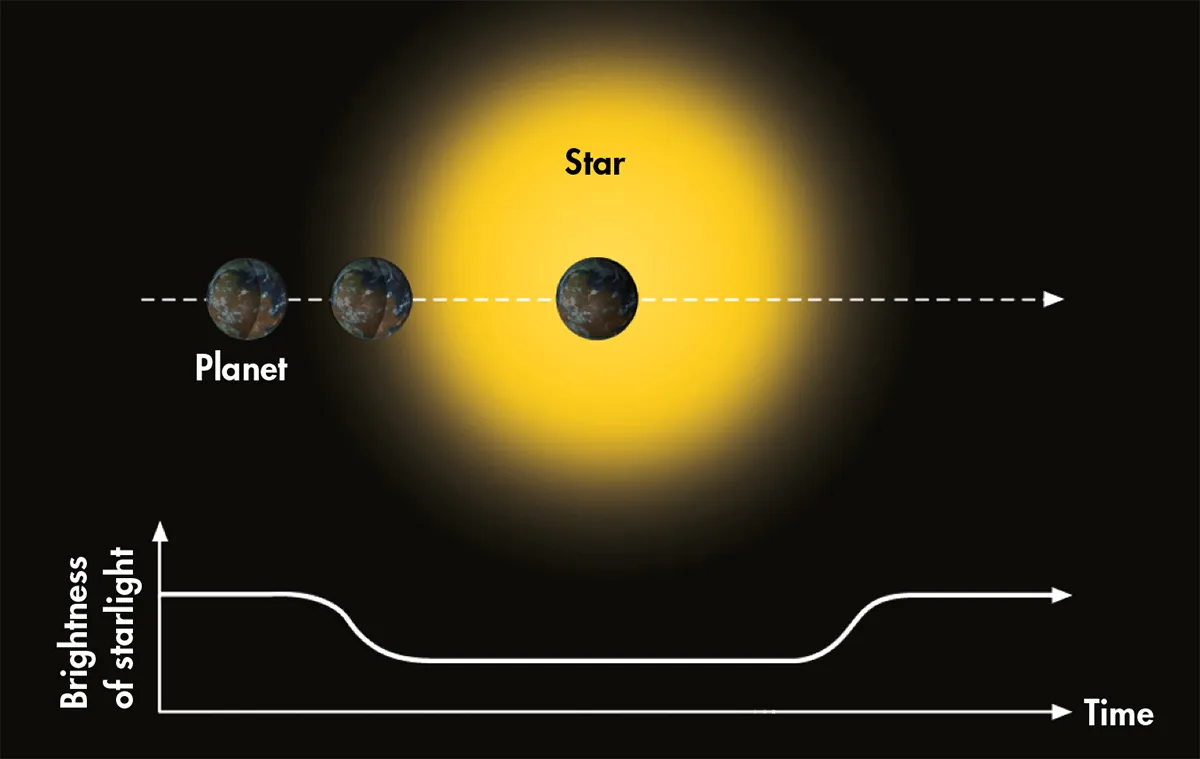
You may have heard of astronomers on Earth observing a transit of Mercury or transit of Venus, whereby it's possible to see the silhouette of either of the two inner planets passing across the face of the Sun. The transit method of exoplanet detection is much the same. It involves studying a 'light curve' of the host star, and dips in light indicate the potential presence of an orbiting exoplanet.
Transits can be used to detect exoplanets, but can also be used to learn about the exoplanet's size and how long it takes to orbit the star.
Studying starlight that has passed through the exoplanet's atmosphere on its way to Earth can reveal what sort of world it might be, for example what sort of elements are present in its atmosphere.
Direct imaging
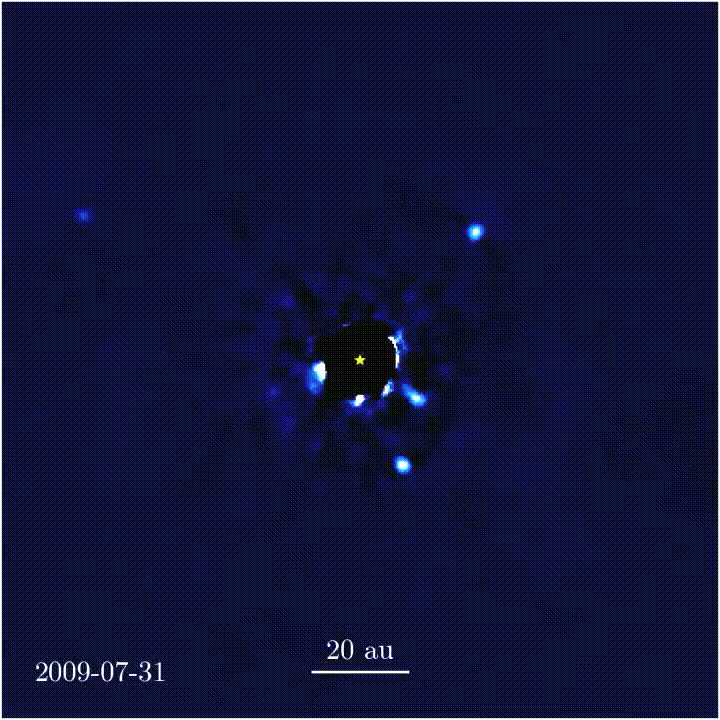
It is possible to directly capture images of exoplanets orbiting a star, which is done by detecting light reflected off the exoplanet's atmosphere in infrared.
One of the issues with this technique is that the stars are much brighter than the exoplanets, and can completely drown them out.
Astronomers get round this by direct imaging exoplanets that are particularly massive and have wide orbits far from their star, or by blocking out light from the host star in order to better see the exoplanets in orbit.
This latter method was used in a study that directly imaged 4 exoplanets in orbit around young star HR 8799 (see animation above), and was announced in 2019.
For more on the direct imaging method, listen to our interview with astronomer Beth Biller below:
Gravitational microlensing
Microlensing was first proposed by Einstein in the 1930s, and is particularly useful for discovering low-mass exoplanets orbiting stars near the centre of our galaxy. The technique will be used by the upcoming Nancy Grace Roman Telescope, due to launch in the mid-2020s.
It operates based on the premise that mass bends spacetime, so light from a distant star is magnified and brightened by the gravitational pull of a closer star orbiting in front of it, as observed from Earth.
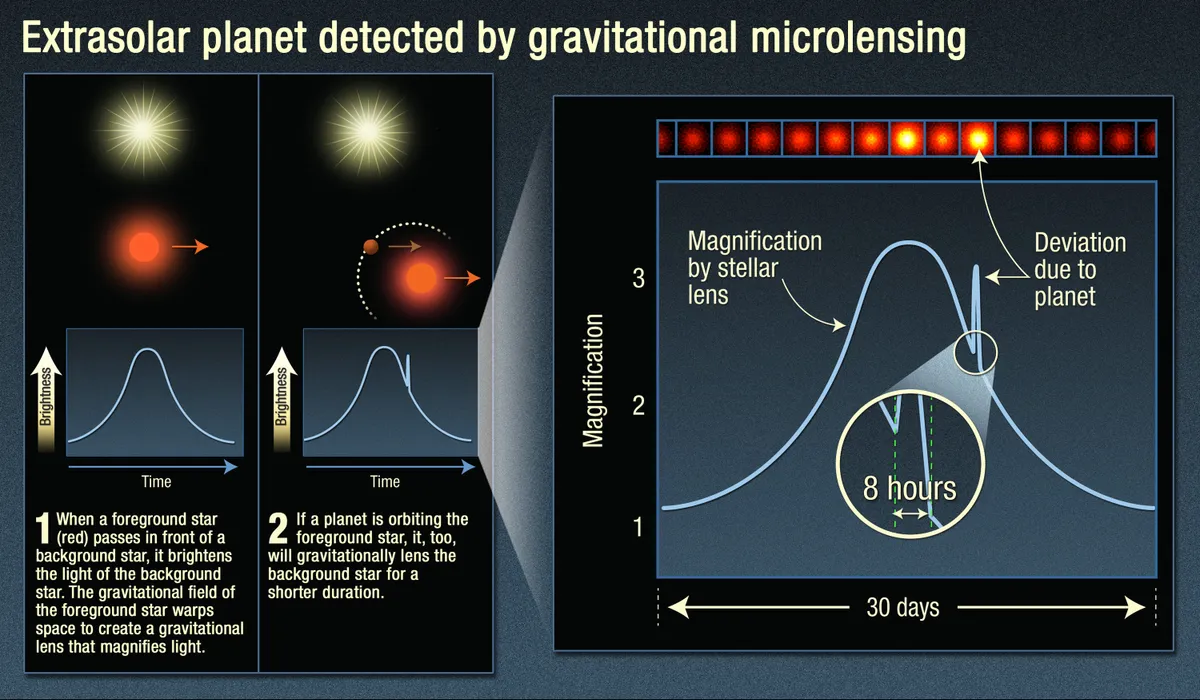
The background star can actually appear to get up to 1,000 times brighter than it actually is.Variations in that brightness can indicate whether there is a planet orbiting that closer 'lens' star.
This method is much the same as gravitational lensing, but on a smaller scale.
Astrometry
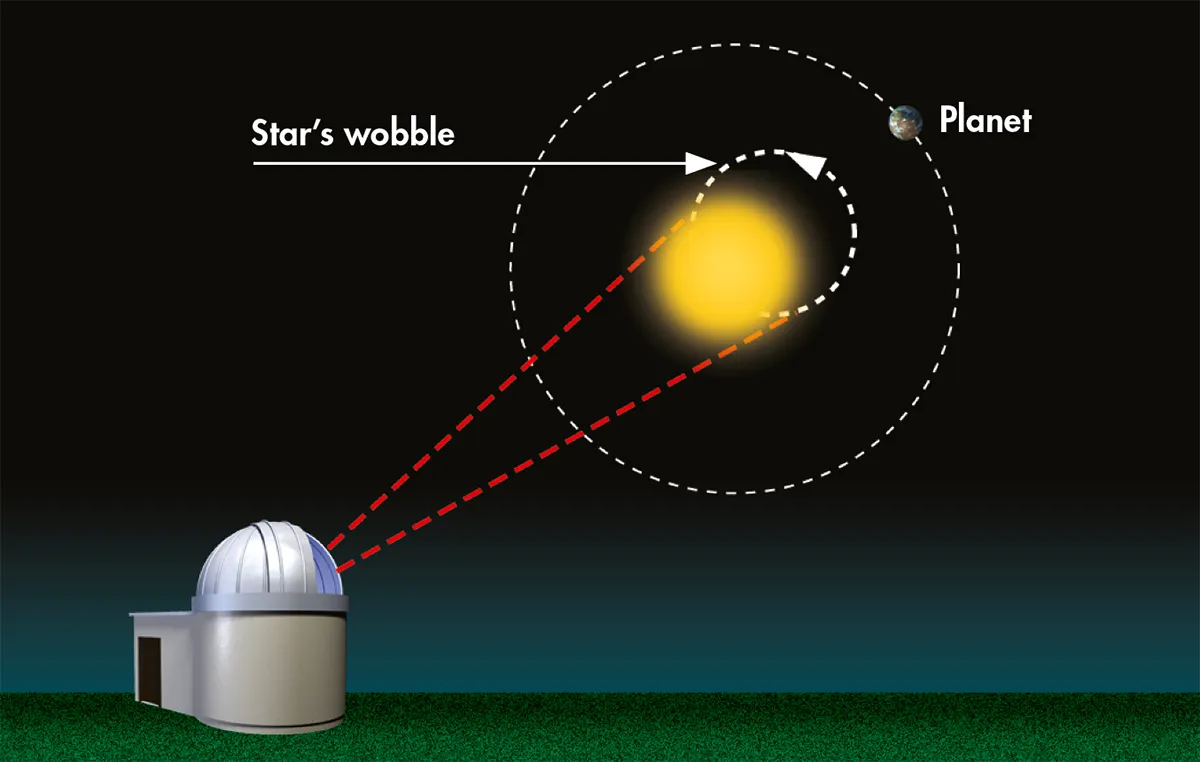
Astrometry is a branch of astronomy that concerns measurements of the positions of stars and other celestial bodies, and their movements over time.
Astrometry as exoplanet-detection involves making measurements of the position of a star in the sky. Small changes in the star's position can indicate that it is being shifted by the orbit of exoplanets around it.
"Each observational technique is sensitive to certain ranges of exoplanets," says Dr Beth Biller of the Institute for Astronomy, whose entire astronomical career has been focused on exoplanet detection and investigation.
"Of the major techniques, transit and radial velocity are more sensitive to Jupiter-sized objects closer to the star, while direct imaging is more sensitive to objects farther out. Eventually they’ll meet."
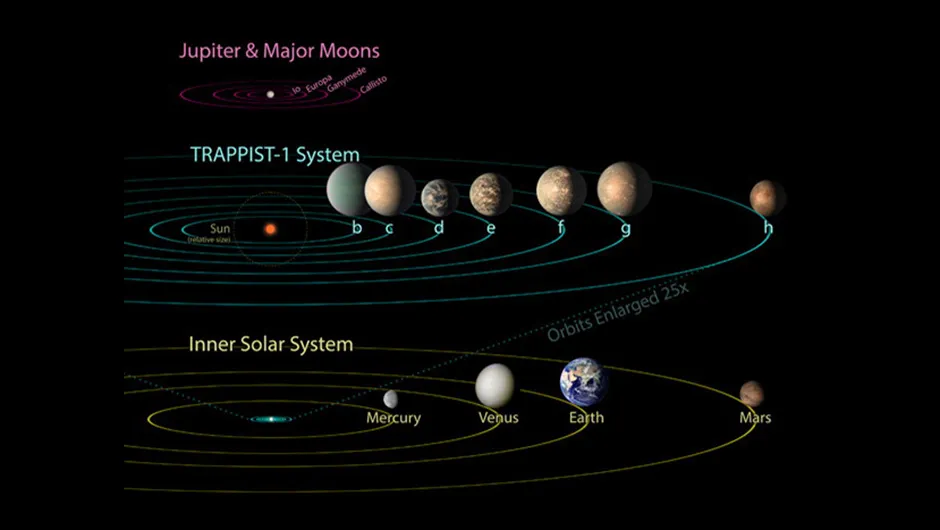
How astronomers name exoplanets
The scientific names of exoplanets usually consist of two elements: a proper noun or abbreviation, sometimes with associated numbers, followed by a lowercase letter.
The first element is the common or astronomical catalogue name of the host star; the second a lowercase letter (not including ‘a’) designating the planet’s order from the star.
So the innermost planet around the pulsar Wolszczan studied – the first confirmed exoplanet – is officially designated PSR B1257+12 b.
Find out more about this in our guide on how exoplanets are named

